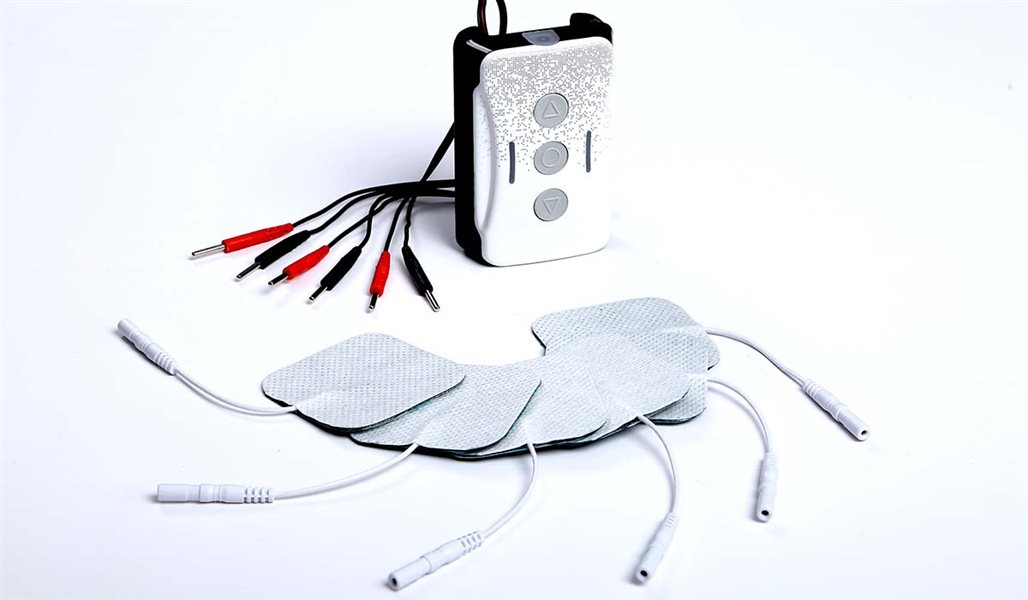-
Professionals
- Medical Specialties
- Neurology
- Electrotherapy
- Urology
- Physical Therapy
- Sports Medicine
- Customer Support
- Customer Support
- After Sales Services
- Professional Resources
- Training Courses
- Scientific Papers
-
Patients
- Rehabilitation Devices
- Foot Rehabilitation
- Hand Rehabilitation
- Gait Rehabilitation
- Pelvic Floor Rehabilitation
- General Rehabilitation
- Health Conditions
- Multiple Sclerosis (MS)
- Stroke (CVA)
- Cerebral Palsy (CP)
- Traumatic Brain Injury (TBI)
- Spinal Cord Injury (SCI)
- Arteriovenous Malformation (AVM)
- Urinary incontinence
- Muscle Recovery
- Foot Drop
- Spasticity
- Procedures & Treatments
- Range of Motion Exercises
- Stretch Exerciser
- Kegel Exercises
- Patient Support
- Patients and Caregivers Support
- Traveling With Nerveaide
-
Products
- Patient Product Information
- About your device
- Patients and caregiver support
- Featured Products
- NEwalk
- NEwalk+
- NEgrasp
- NEptone
- NEstim
- Cryox
- By Medical Specialty
- Neurology
- Urology
- Electrotherapy
- Sports Medicine
- Physical Therapy
- Rehabilitation
- Resources & Support
- Customer Support
- Catalogs
- Softwares
- Certificates
- User Guides
- About

Statistics
SCI currently affects 250,000 persons in the US, with 11,000 new cases reported each year. Males are four times more likely to suffer SCI than females, with a mean age of 37 at the time of injury.7 Approximately 40% of patients die within 24 h after the injury. By far the most common causes are automobile accidents (46%), followed by falls (20%), violence (18%), and sporting activities (13%). Unlike TBI, SCI typically leaves a person’s cognitive health unchanged.
SCI and Rehabilitation
There are eight cervical spinal cord segments but only seven vertebrae (C1–C7). Cervical spinal nerves 1 through 7 exit above the corresponding vertebrae, whereas cervical spinal nerve 8 exits below the C7 vertebrae. The most common level of injury is at the C5–C6 vertebral level and leaves an individual quadriplegic (tetraplegic) and unable to move his or her arms and legs. Lesions in the chest region, which has 12 thoracic and 5 lumbar vertebrae, result in paraplegia, where patients are unable to move the legs. Finally, the sacral part of the spinal column has five vertebrae. Lesions in this region cause some loss of movement and sensation in the back of the legs and sacrum.
Depending on location and severity of the injury, NErveaide modern rehabilitation devices can help SCI survivors regain their mobility and function such as walking, grasping etc.



